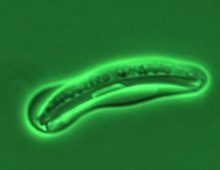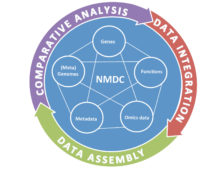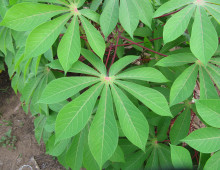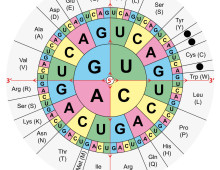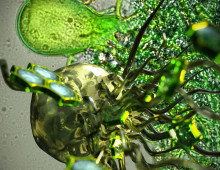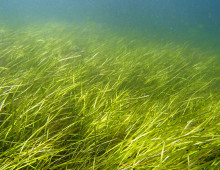Expanding the Stable of Workhorse Yeasts
New genome sequences target next generation of yeasts with improved biotech uses The yeast Saccharomyces cerevisiae was a part of human civilization before history was recorded. It is essential for making bread, beer and wine, and it is ubiquitous. It is not, however, typical of the more than 1,500 yeast species found around the world…. [Read More]
